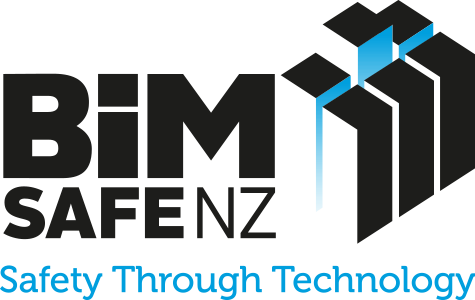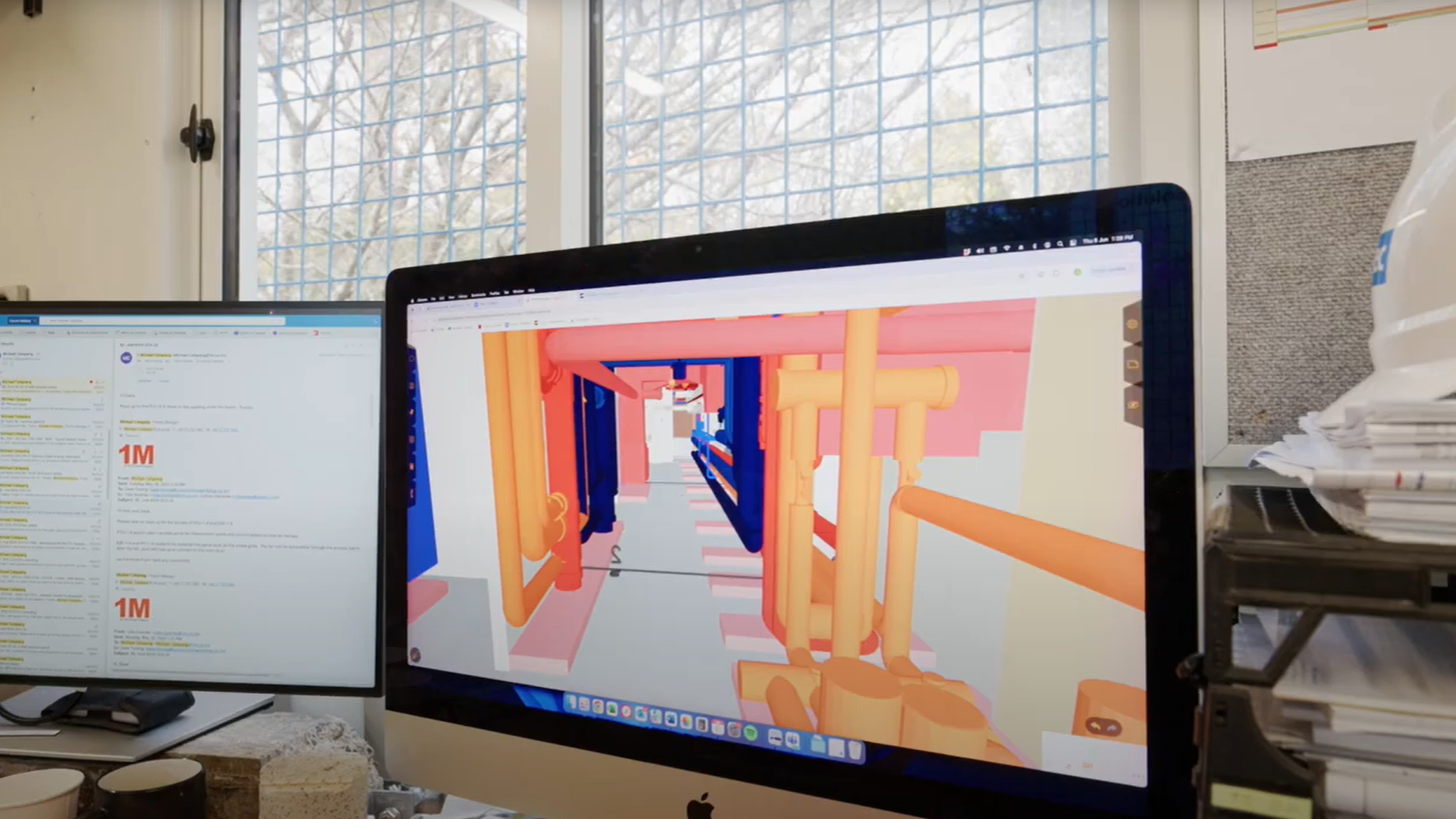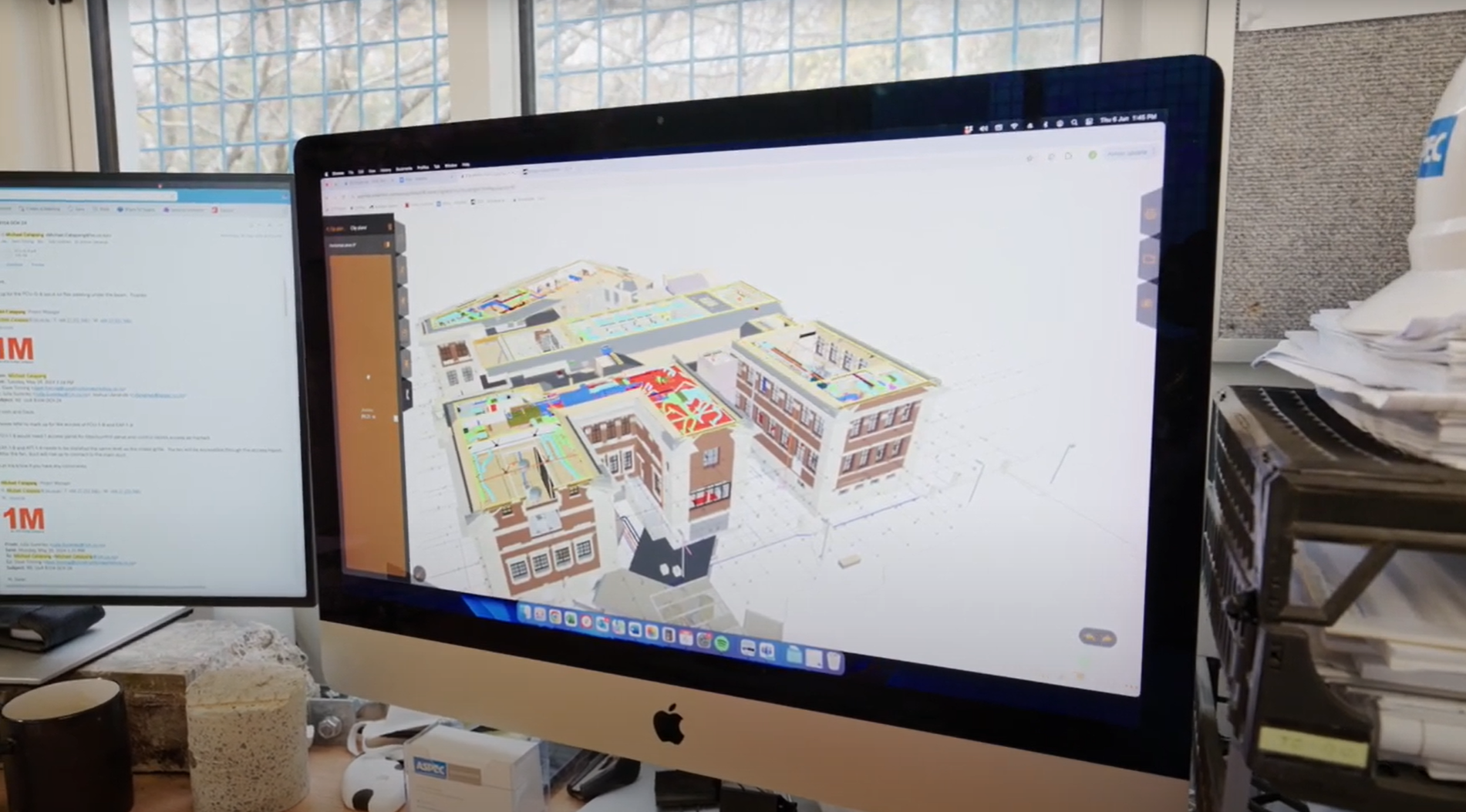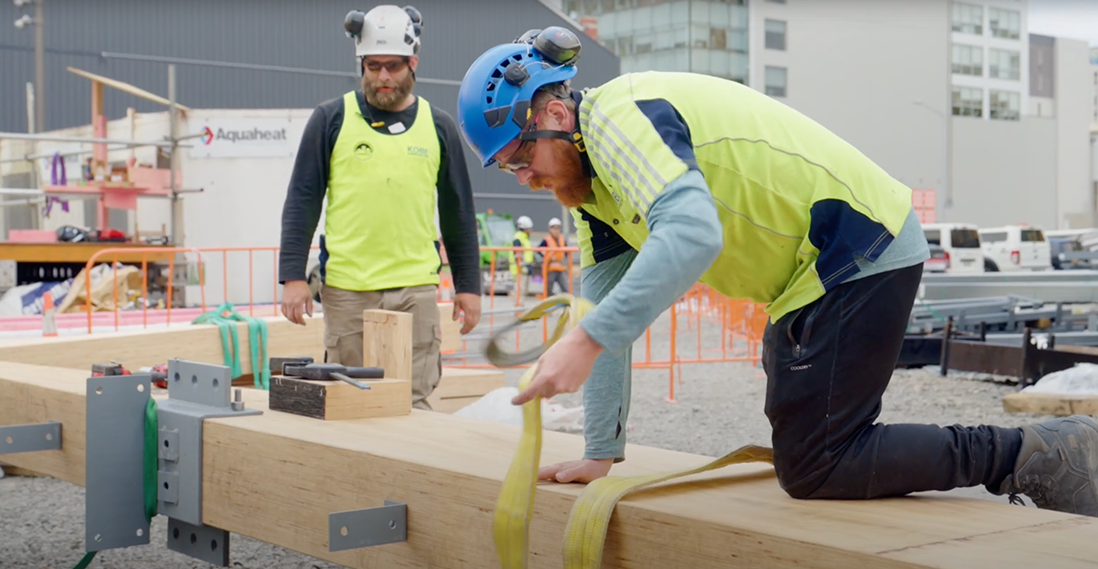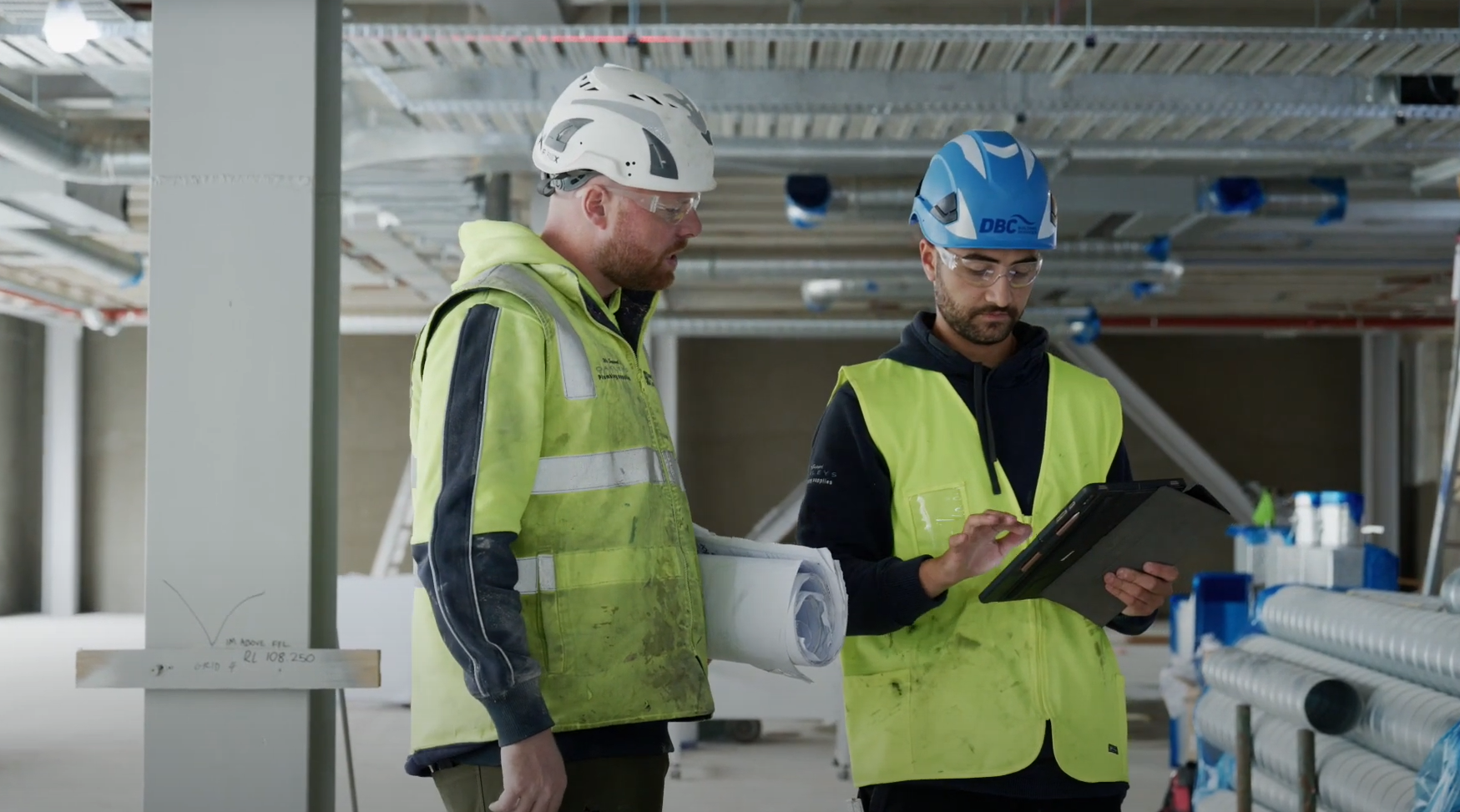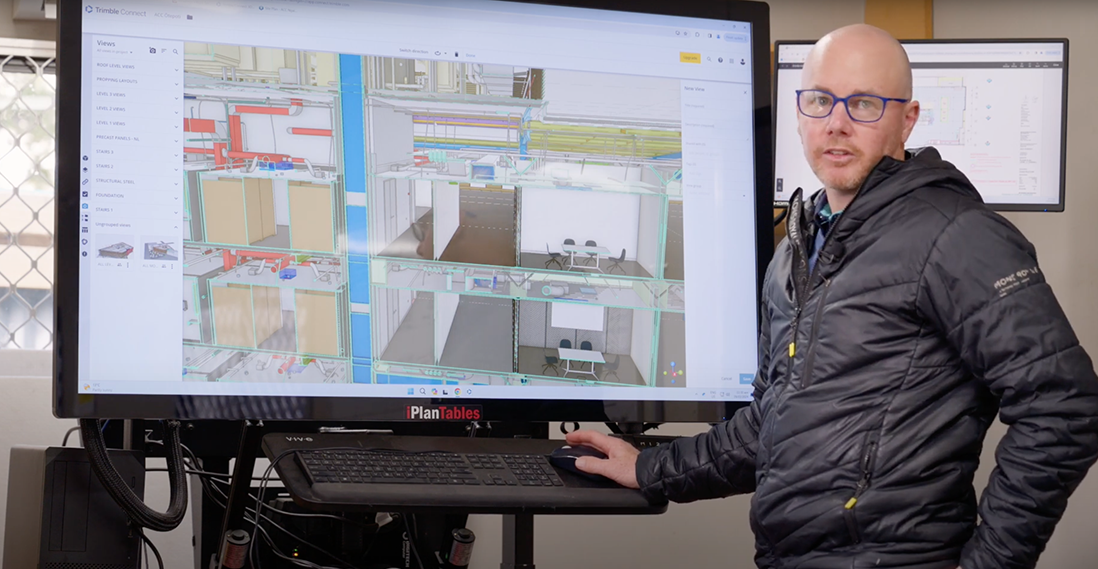Operator / Facilities management | Rule checking for hazard identification
Description
Rule checking involves systematically reviewing and verifying that facility operators and personnel adhere to established rules, regulations, procedures, and guidelines. It is a proactive approach to safety, compliance and responsible facility management.
The rule-checking process helps ensure operational activities meet industry standards, minimise risks and prevent potential accidents or incidents. By assessing its compliance with rules, a facility can more effectively identify potential hazards, implement necessary corrective and preventative measures, and maintain a safer operational environment. Typically, rule-checking uses the following process:
- Gather relevant safety regulations, industry standards and established procedures.
- Identify and compare hazards by examining each step of the operation and identifying discrepancies, deviations and compliance gaps.
- Prioritise critical issues that pose higher risks.
- Develop corrective actions or preventative measures to address issues.
- Communicate updated rules to personnel and integrate changes into training and operating procedures.
- Review and update rules to accommodate evolving risks and technologies.
Case studies
Uses and benefits for health and safety
Improve compliance with safety regulations, industry standards and established procedures. Facility operators can better identify potential safety hazards, deviations and gaps by systematically comparing operational processes with rules.
Enhance safety, minimise risks and prevent accidents. Regular reviews and clearly communicated updates contribute to a culture of continuous improvement, improve employee training and awareness, and promote a safer operational environment while maintaining compliance with evolving requirements.
Technology/techniques
Rule checking employs advanced data analytics and artificial intelligence to detect subtle patterns and anomalies that might signify potential hazards and machine learning algorithms to analyse historical incidents to predict and prevent similar occurrences.
With digital twin technology, operators can create a virtual replica of a facility and use it to simulate scenarios and identify potential hazards in a risk-free environment. Personnel can visualise safety guidelines in real-time using augmented and virtual reality, enhancing on-site compliance.
Sensor networks and the Internet of Things (IoT), in conjunction with a Building Management System (BMS), can be used to monitor operations in real time and trigger an alert when a deviation from safety rules occurs. Collaborative platforms and cloud-based solutions enable real-time rule checking across teams and facilities, enhancing consistency and efficiency.
Model/data requirements
BIM-based rule checking requires at least:
- space
- accurate building information, including architectural, structural, infrastructure and building services data
- space
- ready access to hazard data, including an inventory of hazardous materials and associated material safety data sheets, equipment vulnerabilities, historical incident data and any unsafe working conditions
- space
- integrated safety regulations, industry standards and operational protocols within a BIM-based information system.
Hardware and software requirements
The minimum hardware requirement is a desktop computer for the office and one or more mobile devices capable of running database-driven, web-enabled software applications.
A reliable, high-speed internet connection and a modern internet browser is essential to access online documents. The software should be available online and incorporate document controls based on user permissions.
Contract/procurement implications
Contract and procurement processes should focus on mitigating risks, enhancing facility safety and promoting a culture of compliance. This requires operational, safety and procurement teams to collaborate and select partners committed to high safety standards.
It is essential that suppliers and contractors comply with safety requirements when hazards are identified. Contracts must explicitly require them to comply with, and hold them to account for adhering to, all safety rules and standards.
Procurement strategies should prioritise suppliers with a strong safety track record and those capable of meeting the facility’s safety needs. Procurement teams should verify that all procured equipment, materials and services align with safety guidelines and minimise potential risks.
Contracts should include safety reviews to ensure suppliers remain aligned with evolving safety regulations and industry best practices throughout the contract duration.
Roles and responsibilities
| Safety officer |
Leads the hazard identification process. They compile relevant safety regulations, industry standards and operational procedures, and oversee the comparison of these documents with the facility’s operations to identify gaps and deviations. ㅤ |
| Subject matter expert |
Identifies potential hazards in specific operational areas. They participate in the rule–checking process, ensuring that regulations are correctly interpreted and applied to operational tasks. ㅤ |
| Facility operator and personnel |
Identifies potential hazards arising from daily tasks. They collaborate by reporting deviations and unsafe practices, contributing first-hand knowledge to the rule–checking process. ㅤ |
| Compliance manager |
Ensures the facility’s adherence to safety regulations and standards. They oversee corrective actions, procedure updates and the integration of rule changes into daily operations. ㅤ |
| Training and communication specialist |
Communicates updated rules and procedures to all personnel. They ensure that proper training is provided to enhance awareness and compliance. ㅤ |
| Continuous improvement team |
Reviews and refines rules based on feedback, incident analysis and evolving industry best practices. They facilitate the ongoing enhancement of safety protocols to effectively address new risks. ㅤ |
Training requirements
Site orientation is an essential for contractors undertaking maintenance and operation work, and should be part of the regular health and safety training programme.
Facility operators and personnel must be trained to compare safety standards with operational processes, identify deviations, propose corrective measures and issue updates to align with evolving risks.
It’s also vital to provide software training and on-going support.
Future directions
Facility operators will increasingly turn to automated rule checking to manage hazards. These systems will employ a range of technologies, including visualisation, artificial intelligence, real-time data gathering to identify, assess and mitigate risks.
Future systems will integrate machine learning to predict potential hazards, enhance remote monitoring and enable rapid response. Augmented reality and digital twins may provide immersive training and simulations for operational personnel.
